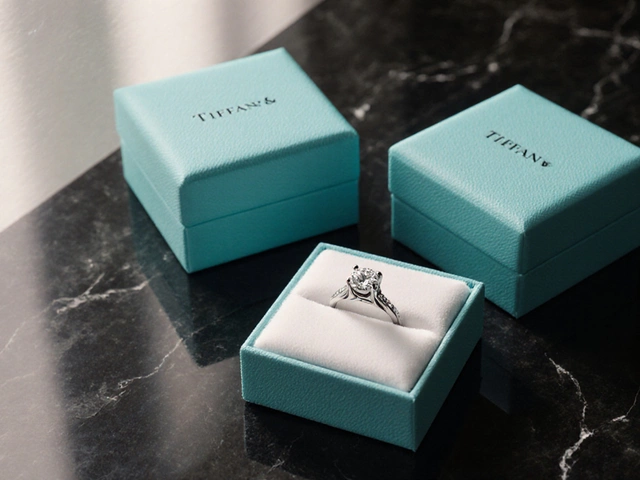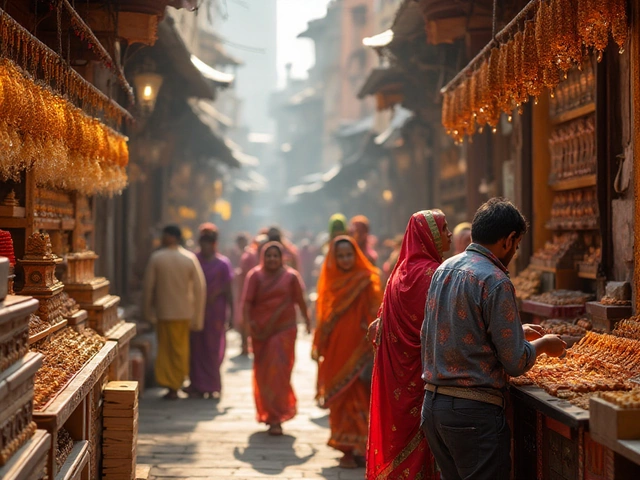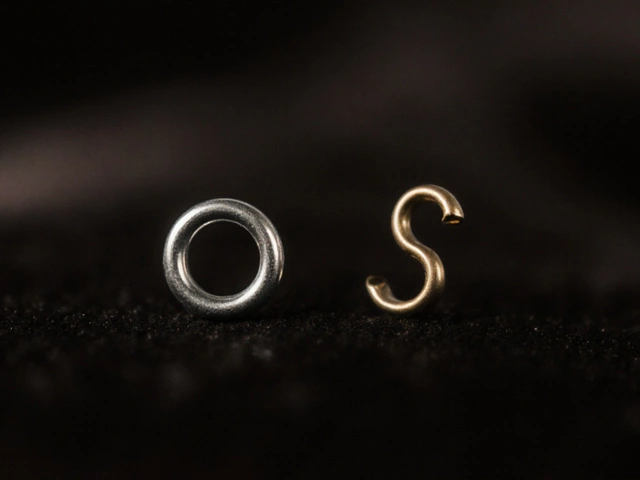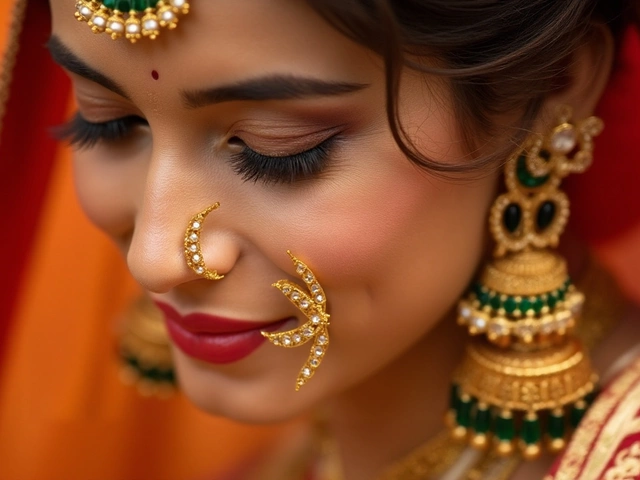Richest Jewellery in India – What Makes a Piece Truly Luxury?
If you’ve ever wondered what separates ordinary sparkle from the world’s most coveted Indian jewellery, you’re in the right place. India’s rich heritage means luxury pieces often blend centuries‑old craftsmanship with today’s design trends. Below we break down the key things to look for, the brands that consistently deliver, and practical tips for buying smart.
Where the Finest Indian Jewellery Lives
First stop: the jewellery hubs. Jaipur, Surat, and Mumbai aren’t just famous for quantity; they host the most skilled artisans and the biggest luxury houses. Jaipur’s royal workshops still use hand‑filigree that dates back to the Mughal era. Surat is the go‑to for diamonds, offering crystal‑clear stones at factory‑direct prices. Mumbai blends global design houses with local goldsmiths, giving you pieces that feel both international and unmistakably Indian.
When you walk into a boutique in these cities, check the hallmarks. A 22‑carat gold piece will carry the BIS (Bureau of Indian Standards) stamp, while a silver item might show an 833 or 925 mark. Understanding these stamps helps you avoid cheap imitations – a quick test that saves big money later.
Top Luxury Brands That Hold Their Value
Not all brands are created equal. Some names consistently rank high on resale value, making them a smart investment as well as a fashion statement. Look for the following when you shop:
- Tanishq – Known for pure gold and iconic designs that stay in demand.
- Amrapali – Offers heritage‑inspired pieces that blend traditional motifs with modern cuts.
- Joyalukkas – Strong diamond sourcing, especially from Surat, ensures quality stones.
- Bhima Jewellers – Premium gold collections with intricate Kundan work.
- Maurice Bijou – High‑end couture pieces that command top prices at resale.
These brands regularly appear in resale‑value rankings, meaning you can expect a good return if you ever decide to sell.
Another tip: focus on timeless designs like classic gold chains, simple pendant sets, or well‑cut diamonds. Trendy pieces can be fun, but they often lose value faster than classic styles.
Practical Buying Tips
Ready to make a purchase? Follow these steps to stay confident:
- Know the purity. 22‑carat gold and 24‑carat are the standard for high‑value items. For silver, look for 833 or 925 marks.
- Check the price trend. Gold prices dip in certain months – the best time to buy is usually August to October when demand slows down.
- Ask for certification. A BIS hallmark, diamond certificate, or gemstone report proves authenticity.
- Consider resale potential. Choose brands and designs that hold value, and keep all paperwork for future sale.
- Test the piece. Simple tests – magnet test for steel plating, weight comparison for gold – can reveal hidden flaws.
If you’re buying online, make sure the seller offers a secure return policy and detailed images of hallmarks. Many shoppers also love the convenience of virtual try‑on tools, but a physical inspection is still the safest bet for high‑ticket items.
What to Expect After Your Purchase
Owning a piece of India’s richest jewellery isn’t just about flaunting sparkle. It’s an heirloom that can be passed down, gaining sentimental and monetary value over time. Keep the jewellery in a soft pouch, avoid exposing it to harsh chemicals, and get it cleaned professionally once a year. Regular care keeps the shine intact and ensures the piece remains a valuable asset.
Whether you’re hunting for a statement gold necklace, a diamond‑laden mangalsutra, or a heritage Kundan set, these guidelines will help you spot true luxury. Remember, the richest jewellery isn’t just about price tag – it’s about craftsmanship, heritage, and the lasting impression it leaves on you and future generations.
Discover India's Richest Temple Jewellery: A Glimpse into Timeless Treasures
India's temple jewellery has captivated and symbolized devotion for centuries, embodying deep cultural significance and opulence in every piece. From intricate gold carvings to gemstone-adorned ornaments, these jewels are not just sacred artifacts but extravagant displays of artistry and faith. Discover what makes this form of jewellery enchanting and valuable while understanding its historical context and contemporary relevance. Unravel fascinating stories behind the richest temple jewels, exploring the places where these treasures reside today.





